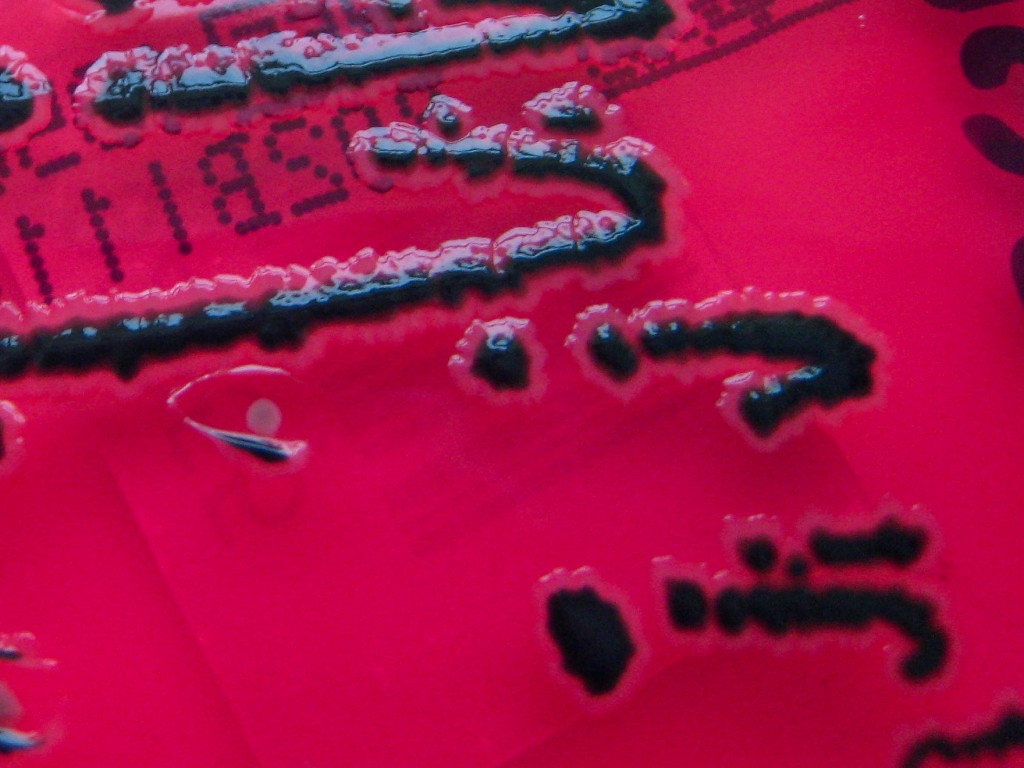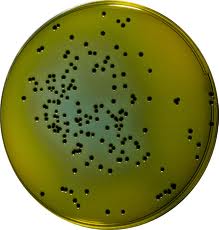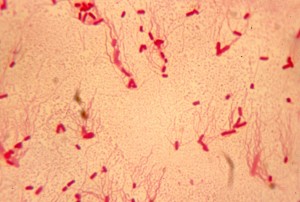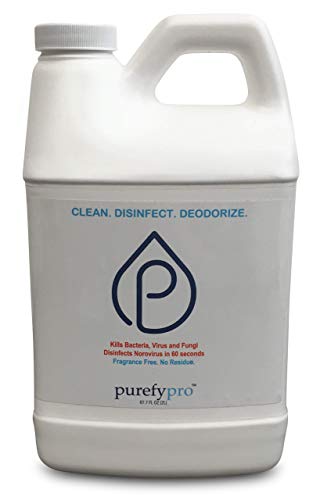A related, but less severe, illness is known as Paratyphoid Fever and is caused by Salmonella enterica enterica Paratyphi A, B, and C.
Treatment for Salmonella
Salmonella infections are generally easily treated with antibiotics, although resistance to common medications is spreading and multidrug resistant bacteria have been isolated from patients. Most patients do not require antibiotic treatment and will recover on their own. Even patients who require supportive treatment such as intravenous fluid replacement and fever reduction do not necessarily benefit from antibiotic treatment as these treatments do not necessarily shorten the course of the illness. Those with serious disseminated infections do require prompt treatment to reduce the likelihood of negative outcomes.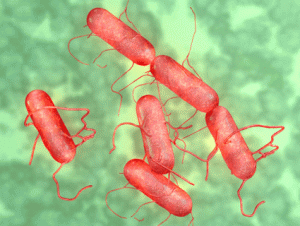
Sources of Salmonella Infection
Salmonella infections are most commonly acquired through food sources, especially animal food products such as meat and eggs, but the infection can also easily be acquired through vegetable and fruit sources if these foods have become contaminated with infected animal feces or other infected animal materials such as processing fluids or blood. One of the largest outbreaks occurred through infected peanut butter, so most any food could potentially spread the infection. These infections frequently occur in large-scale multi-state outbreaks and these occur every year, usually more than once per year. Thus far in 2014, and it is only April at the time of this writing, two outbreaks have already been identified, both of them associated with commercially processed chicken meat. These outbreaks are especially problematic when associated with commercial kitchens due to the sheer number of people who may have been exposed. The infection can also occur in the home through the consumption of undercooked contaminated meat, eggs, or other infected foods.
Another source of potential infection, commonly associated with children, is through household pets. Salmonella is widespread in most animals, including domestic ones, and it is not uncommon for young dogs and kittens to have the infection associated with diarrhea. Young children do not reliably wash their hands after contact with infected pets, and the bacteria can even be present on the fur and skin of an infected animal. Birds are also commonly infected and any area that the bird has been living in can be contaminated along with the feathers as well as the actual feces. Reptiles also have a strong likelihood of being infected, and animals such as turtles, lizards, and snakes may carry the bacteria on their skin, meaning that after any contact thorough hand washing must occur. Reptiles do not, in general, make good pets for young children because, in part, of the high risk of infection with Salmonella.
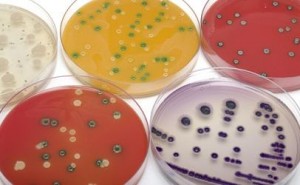
Preventing Salmonella Infections
Important steps for the prevention of Salmonella infections include:
- Cook poultry, ground beef, and eggs thoroughly. Do not eat or drink foods containing raw eggs, or raw (unpasteurized) milk. If you are served undercooked meat, poultry or eggs in a restaurant, don’t hesitate to send it back to the kitchen for further cooking.
- Wash hands, and disinfect kitchen work surfaces and utensils, immediately after they have been in contact with raw meat or poultry.
- Be particularly careful with foods prepared for infants, the elderly, and the immunocompromised.
- Wash hands with soap after handling reptiles, birds, or baby chicks, and after contact with pet feces.
- Avoid direct or even indirect contact between reptiles (turtles, iguanas, other lizards, snakes) and infants or immunocompromised persons.
- Don’t work with raw poultry or meat, and an infant (e.g., feed, change diaper) at the same time.
- Remember that raw eggs may be unrecognized in some foods, such as homemade Hollandaise sauce, Caesar and other homemade salad dressings, tiramisu, homemade ice cream, homemade mayonnaise, cookie dough, and frostings.
- Poultry and meat, including hamburgers, should be well-cooked, not pink in the middle.
- Produce should be thoroughly washed.
- Cross-contamination of foods should be avoided. Uncooked meats should be kept separate from produce, cooked foods, and ready-to-eat foods. Hands, cutting boards, counters, knives, and other utensils should be thoroughly disinfected after touching uncooked foods.
- Hands should be washed before handling food, and between handling different food items.
- People who have Salmonella should not prepare food or pour water for others until their diarrhea has resolved.
- Children can be exposed to the bacteria by simply holding, cuddling, or kissing birds. Children should not handle baby chicks or other young birds. Everyone should immediately wash their hands after touching birds, including baby chicks and ducklings, or their environment.
Preventing Typhoid Fever
Travelers to parts of the world where Typhoid Fever is common can be vaccinated, at least two weeks, in advance of travel. While vaccines can help protect people from infection, the vaccines are not 100% effective so it is still important to protect against the infection in other ways. If interested in the vaccine, discuss your concerns with your physician or with a physician who specializes in travel medicine. The vaccine does NOT confer protection against the non-Typhoid fever types of Salmonella infection.
